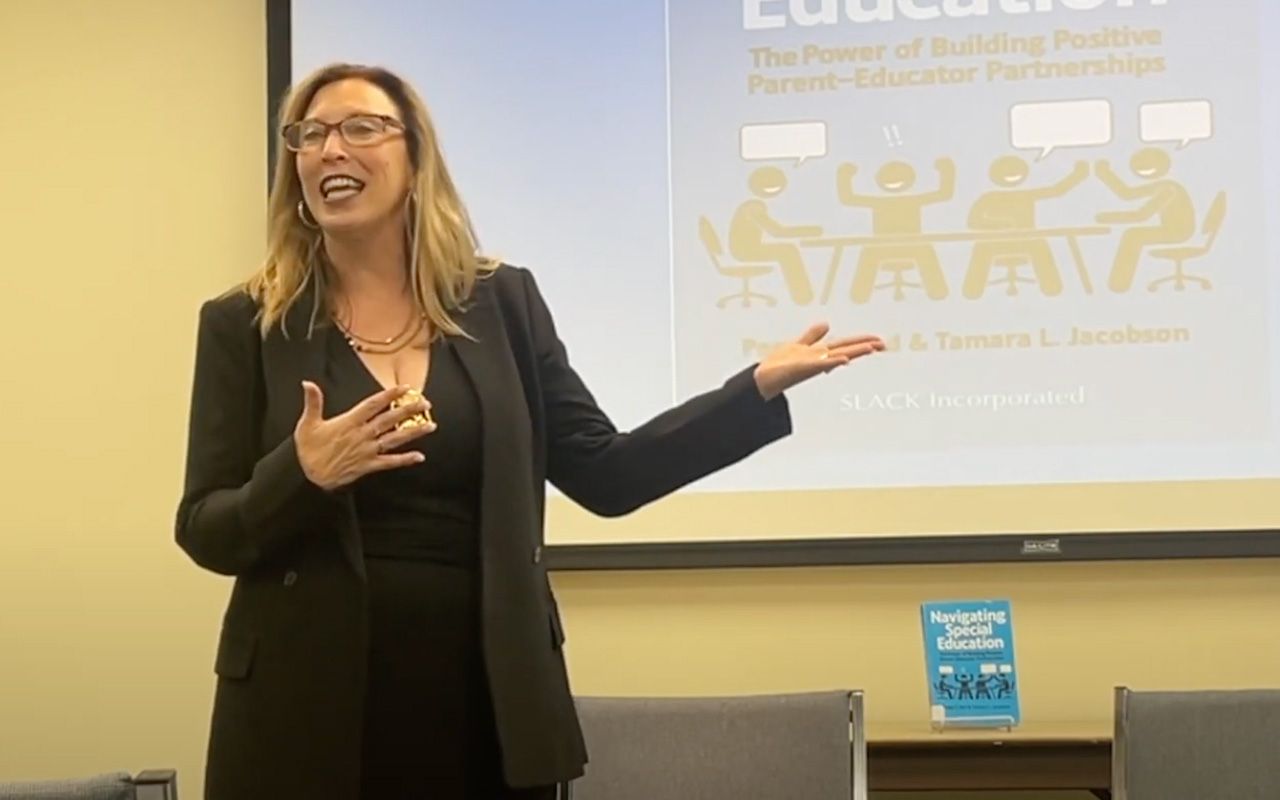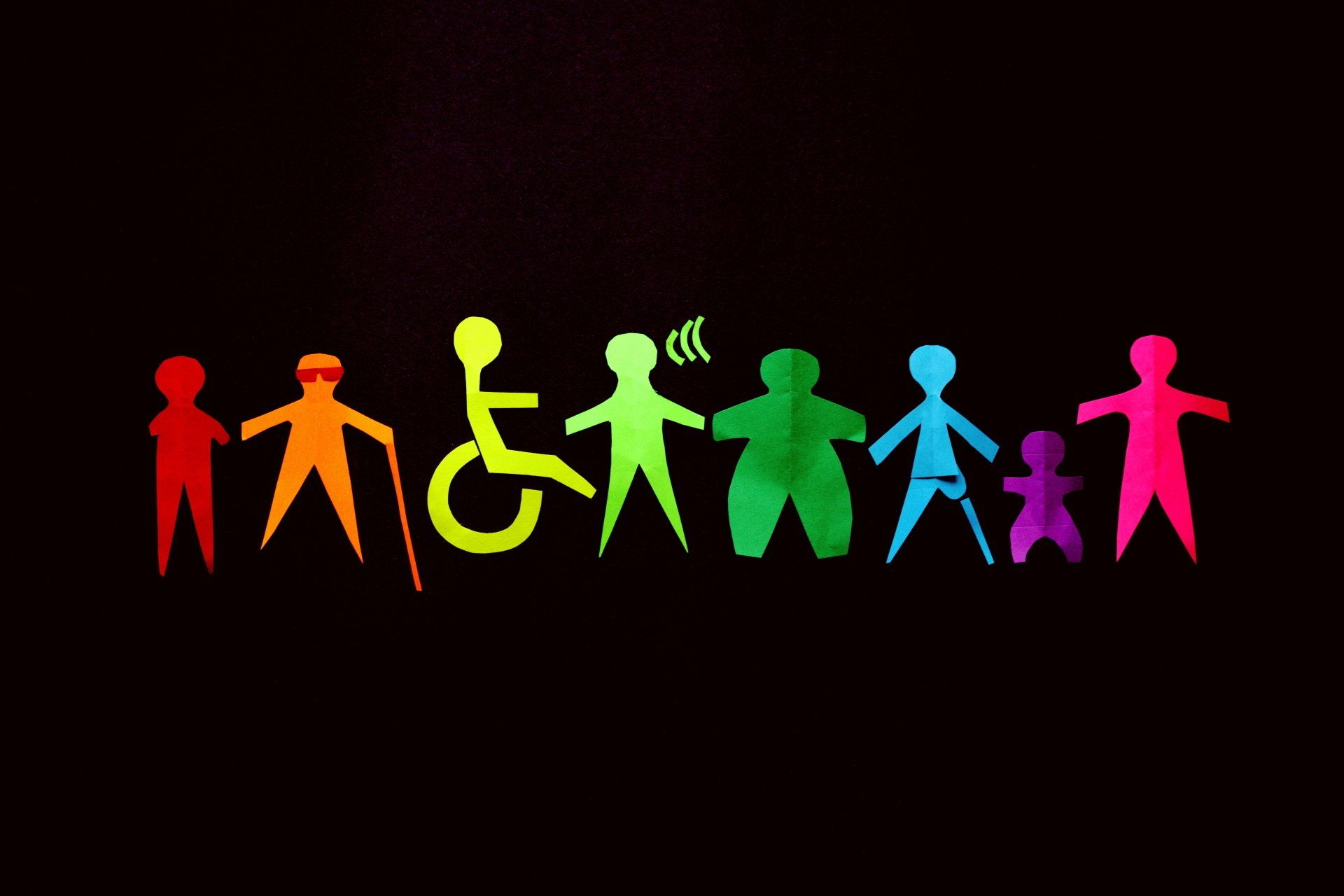The Power of Positive Parent-Educator Partnerships
The Power of Building Positive Parent-Educator Partnerships
How Grief Affects Saying Goodbye to Yesterday’s Dream
Grief is a powerful emotion and a profound and natural reaction to the loss of a loved one or something of significant importance. People share universal feelings; grief transcends cultural boundaries. Initially, the grieving process is exclusively attached to death; however, grief can be triggered by any significant loss, even the loss of one's dreams.
When parents learn their child has special needs, ‘yesterday’s dreams’ are shattered, forcing them to create new dreams and aspirations for their child. Their journey seems overwhelming and appears to be beyond their reach. How we grieve is profoundly personal and varies from person to person. Grief can affect an entire family, not just the parents.
In our lyrical essay, “Yesterday’s Dream,” from our book Navigating Special Education, we underscore that parents’ dreams might be shattered when they learn their child is neurodivergent and require special education. At this point, the entire family embarks on a different and sometimes difficult journey, which for parents begin the ‘grieving process.’ The diagnosis affects the entire family as they embark on a different and sometimes difficult journey. It is important for families and educators to understand that grief affects aspects of the child’s life. We hope reading this blog will help parents and educators gain a deeper understanding of how grief impacts the IEP process, home-school relationships, and parent-educator communication.
Excerpt from "Yesterday's Dream"
The identification of a child’s disability leaves parents feeling devastated. Whether their child’s disability is mild or profound, it changes the trajectory of their lives and their family’s path. The child and family's journey will veer off-course in all instances, as ‘Yesterday’s Dream’ is no longer possible! What does this all mean? It signifies a deviation from the parents’ initial thoughts and plans for their child. When parents are faced with an unexpected diagnosis, they feel disappointed and start to mourn the loss of what could have been. Their feeling of loss and their grief is natural and normal.
Creating a new vision requires a change in thinking for the whole family; going through the grieving process will be filled with ups and downs as their child progresses from childhood to adulthood; this is where a positive mindset and having a “fight” is important. These families will go through so much. Embracing a new ‘shared vision’ requires perseverance with a bit of grit, which can lead to a joyous journey filled with new hope and success. The entire family and their beautiful, exceptional child will be the best they can all be eventually (Bud & Jacobson, 2022).
Acceptance Leads to Building a New Vision
A pioneer in the study of death and dying, Swiss psychiatrist Elisabeth Kubler-Ross, identified the five stages of the grief model, which is still used today. It shows the process of grief is dynamic, not linear and can start at any of the five stages. Her five stages of grief encompass denial, anger, bargaining, depression, and acceptance. A person who is grieving can weave in and out of the various stages and sometimes even repeat a stage of grief multiple times. The goal is always to come to acceptance, where you begin to accept the loss of what was and the loss of what could have been. Parents will replace despair and anger with hope for what tomorrow will bring.
The road to acceptance must be built upon a new vision, requiring perseverance and adaptability. Parents often feel devastated by the special education diagnosis, which underscores the difference between the future they had envisioned for their child and what lies ahead. They are often unaware of how grief affects their relationships and communication with teachers, administrators, and other school professionals. When parents are confronted with their child’s unforeseen diagnosis, whether mild or severe, it may force them to adopt a new outlook and perspective for their child’s learning vision. Their journey will be filled with deep disappointment and missed opportunities, however, cultivating a fresh mindset opens new possibilities where the family can flourish as the child reaches their fullest potential.
The grieving process includes mourning what could have been, recognizing expectations will be unmet, and reshaping the family dynamics; this is all part of the grieving process. Dr. Seuss wrote: “Oh, the places we’ll go, some places will be full of fun and excitement, some will be difficult to navigate, but life doesn’t always give us choices.” Therefore, parents must understand that we ‘get what you get, and we can’t get upset.’ Instead of focusing on what is not going to happen, parents should be encouraged to make lemonade out of lemons; enjoy drinking it down to the very last drop.
Grief is a Process
The grieving process frequently begins with denial. Parents may accept the diagnosis because it answers why their child is struggling or behaving in a certain way and initially bypassing denial. However, the family still mourn the loss of their neurotypical child and hold onto their cherished hopes and dreams. For these parents, denial can occur later in the grieving process.
However, parents find accepting the diagnosis complex, putting them in a state of denial. Their worst nightmare materializes, which causes them to refute reality. Educators and other professionals hear parents saying: You are wrong! My child does not have autism, a learning disability, or a behavioral problem. I do not believe you!
Denying the diagnosis and requesting additional evaluations is the parents’ attempt to refute what they are being told. However, their denial may impede their ability to advocate for their child. Teachers, administrators, school psychologists, social workers, and even pediatricians must offer support to family in accepting the diagnosis. Building a parent-educator partnership helps parents navigate the grieving process to ensure the child receives the support and services needed.
After denial, anger emerges as a defense mechanism for parents. This could lead to parental outbursts directed at teachers and administrators. They want to ‘take control’ of this challenging situation, asking themselves, ‘Why is this happening to me?’ or blaming themselves, “This is all my fault!” Their anger leads to embarrassment and uncertainty, affecting their communication and straining the home-school relationship.
Anger and blame may be directed at a partner, teacher, or the entire school district, leading to a communication breakdown. Playing the ‘blame game’ harms a marriage and damages the home-school relationship. Therefore, parents must unite, form a cohesive team, and avoid blame. Anger stems from fear, stress, and a lack of understanding. When educators acknowledge the parents’ anger, it fosters understanding and builds a collaborative home-school relationship. Forming a partnership ensures the child benefits from the programs and placement and can help diffuse the parents’ anger.
Bargaining is part of the grieving process. Parents engage in wishful-thinking and unrealistic expectations to help them accept what they cannot change. Having data-driven conversations and encouraging parents to use data to substantiate their requests helps them relinquish their “magical thinking.” They believe asking for a specific treatment, therapy, or school program will alter their child’s diagnosis or ‘fix’ their child. However, the child is not broken!
Parents must acknowledge they are grieving and understand depression is part of the process. When parents are depressed, they often blame themselves for their child’s disability. Speaking to a professional, taking medication, or participating in a support group can be helpful. School personnel can facilitate conversations and encourage parents to participate in a support group. When parents do not feel isolated, they are better able to overcome their depression.
The goal is acceptance. Acceptance allows parents to feel comfortable asking questions and have open, honest, and trusting relationships with educators in their school districts. According to Kubler-Ross, parents are ready to work collaboratively to develop appropriate programs and services and build a positive home-school partnership. The idea of acceptance signals that parents are prepared to move forward and create new hopes and dreams. Acceptance signifies they are open to accessing a support system and resources, empowering them to reconstruct Yesterday’s Dream.
The good news is that when parents go through the grieving process, they are on the path to ‘acceptance.’ According to David Kessler, a death and grieving expert, there are two parts to the final stage: acceptance and reconstruction. The final stage leads to new meanings and possibilities emerging from their grief. Only by accepting the diagnosis can parents begin to construct new hopes, dreams, and aspirations for their child. This leads to parents being available to develop a shared vision with educators. Reconstruction makes it easier to collaborate and cooperate, turning Yesterday’s Dream into Tomorrow’s Vision.
Conclusion
Meaningful conversations help parents navigate their grief. They reach the last stages of grief, “acceptance,” and “reconstruction” of their hopes and dreams. Open and honest dialogues between parents and educators lead to building a positive, trusting partnership. The special education process only amplifies a parent's feelings of sadness and helplessness; making it important for school communities of practice, including educators and administrators, to acknowledge parents are grieving and struggling to navigate the special education process.
Empathy for the parents will go a long way in working together. This understanding helps the school districts to be less defensive or immediately reactionary. The family’s grief leads to heightened anxiety. Therefore, if educators and administrators understand and support parents in the grieving process: denial, anger, bargaining, depression, and acceptance, then the road to full acceptance can be achieved. Ensuring support and resources are available at every stage will help to build a shared vision and the best way for parents to reconstruct “Yesterday’s Dream. “






The Power of Building Positive
Parent-Educator Partnerships

Order the book



